Brew Traditional Scottish Ale is a beer style with Scottish roots. It’s characterized by its rich maltiness, moderate to high alcohol content, and low hop bitterness.
This amber-to-dark brown beer has a malty, caramel flavour and a smooth, slightly sweet finish. Here we will take you on a journey through the world of traditional Scottish ale brewing. From understanding what makes it unique to exploring its delicious taste, we’ve got you covered. We’ll also walk you through the step-by-step process of how to brew traditional Scottish ale.
From gathering the ingredients to bottling and finally enjoying your creation, we’ll provide all the guidance you need. So grab your brewing equipment and prepare to embark on a brewing adventure that will impress your taste buds and leave you craving more.
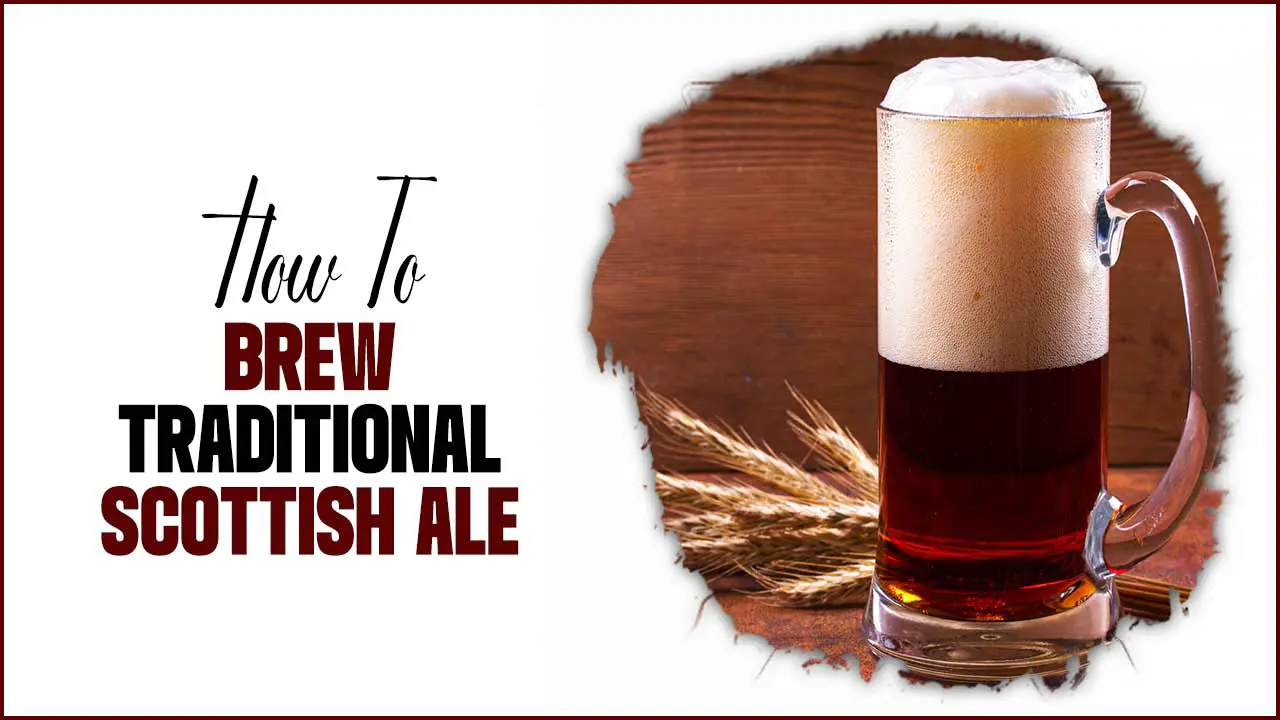
How To Brew Traditional Scottish Ale – Full Process
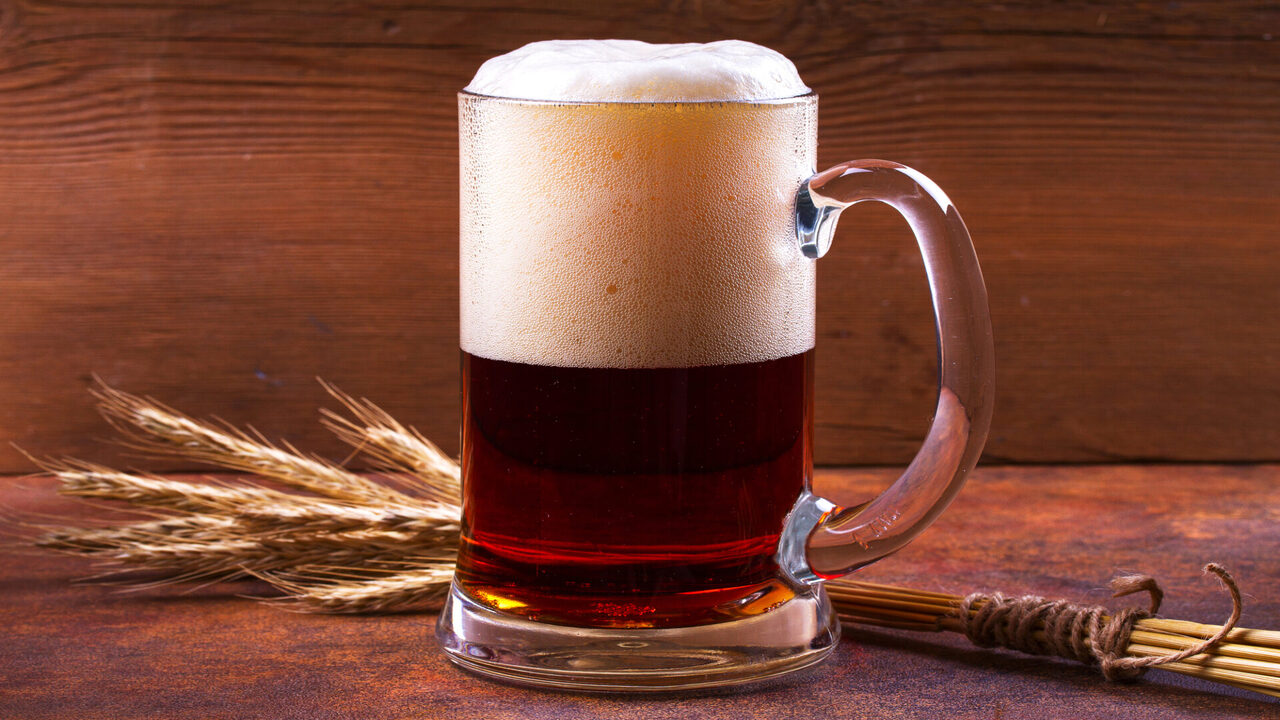
Traditional Scottish Ale, a delightful beer style in Scotland, captivates beer enthusiasts with its rich maltiness, moderate to high alcohol content, and caramel flavour profile. This unique amber-to-dark brown ale is crafted using speciality malts, hops, and a meticulous brewing process. By mastering the techniques and flavors of Traditional Scottish Ale, you can create a brew that embodies the essence of Scotland.
Your beer will develop even greater depth and complexity with proper storage and ageing. Explore the world of Traditional Scottish Ale and experience the satisfaction of brewing your own wee heavy Scotch ale or other classic Scottish beer styles. Here is the full step-by-step process on how to brew traditional Scottish ale.
Step 1: Gather The Ingredients

Scottish ale, known for its rich maltiness and subtle hop flavours, requires specific ingredients to achieve its authentic taste. When brewing traditional Scottish ale, start with the key elements: malted barley, water, hops, and yeast.
To capture the desired caramel and toffee flavours, opt for a variety of malted barley, such as a golden promise or maris otter, which complements the style of Scottish ale. When selecting hops, choose those with mild bitterness and earthy or floral aromas, such as East Kent Goldings or Fuggles, as Scottish ales typically have a low hop profile.
Lastly, utilize a yeast strain suited for cooler fermentation temperatures, such as Scottish or English ale yeast, to attain the distinct flavours of Scottish ale. By carefully selecting these ingredients, you can ensure the final product embodies the true essence of traditional Scottish ale.
Step 2: Prepare Your Equipment
To prepare your equipment for brewing traditional Scottish ale, it is important to follow a few key steps. Begin by gathering all the necessary equipment, including a brew kettle, fermenter, airlock, thermometer, and hydrometer. Ensure all the equipment is thoroughly cleaned and sanitized to maintain a sterile brewing environment.
Next, measure the ingredients required for brewing, such as malt extract, specialty grains, hops, yeast, and additional flavorings or adjuncts. Heat water in the brew kettle to the appropriate temperature for mashing the grains, and use a grain bag to steep them in the hot water. Once the desired flavours and sugars have been extracted, remove the grain bag and bring the liquid to a boil.
Step 3: Mill The Grains
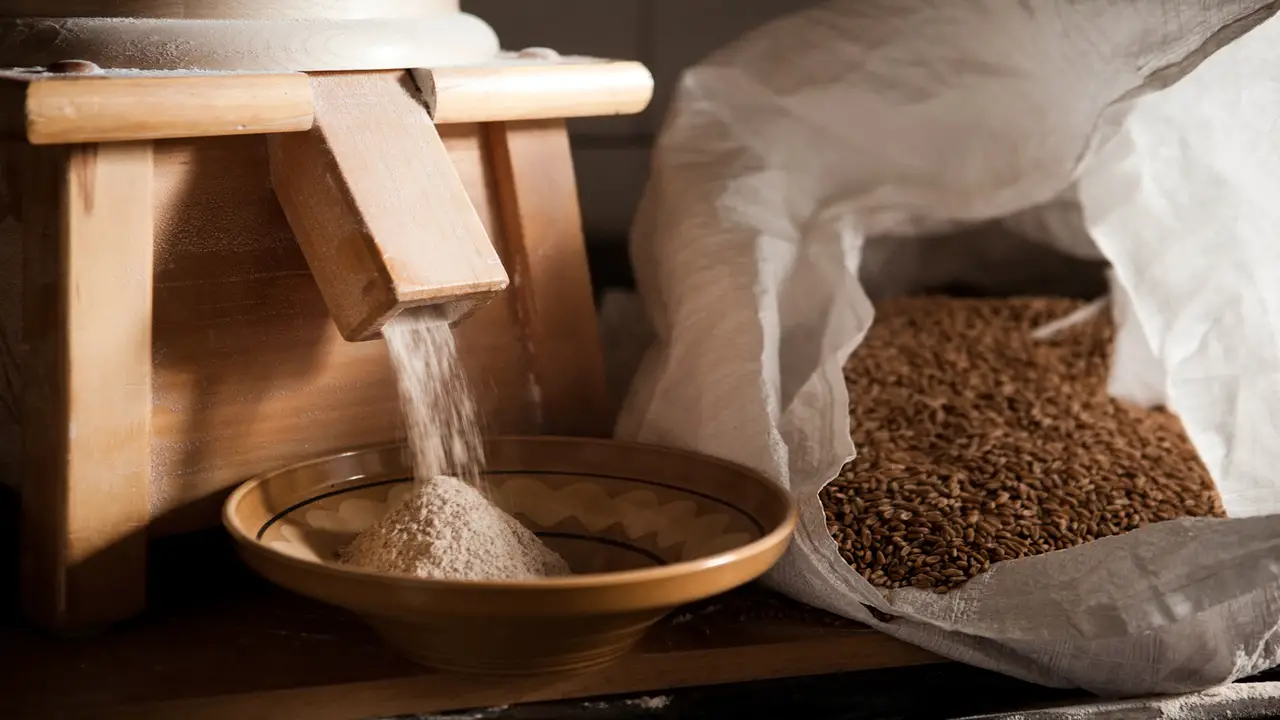
To make traditional Scottish ale, it is important to properly mill the grains before moving on to the next step in the brewing process. Milling the grains exposes the starches within, which will later be converted into sugars during mashing.
You can use a grain mill or have them milled at a homebrew shop. It is best to achieve a coarse crush to prevent a stuck mash. A combination of malted barley and specialty grains such as roasted barley or crystal malt works well for Scottish ale. After milling the grains, you can proceed with the mashing process.
Step 4: Mash In
To begin brewing Traditional Scottish Ale, it is important to follow the step of mash in. Mash combines crushed malted barley and hot water to create a mixture known as mash. This step significantly impacts the final flavour and body of the Scottish ale. During the mash-in step, the temperature plays a crucial role, usually ranging between 148°F and 156°F (64°C – 69°C).
Stirring the mixture thoroughly ensures the even distribution of heat and enzymes, facilitating the breakdown of starches into fermentable sugars. The mash-in step typically lasts around 60 minutes, allowing ample time for the enzymes to work their magic. Once the mash-in step is complete, the liquid portion of the mash, referred to as wort, is separated from the solids through a process called lautering.
Step 5: Sparge
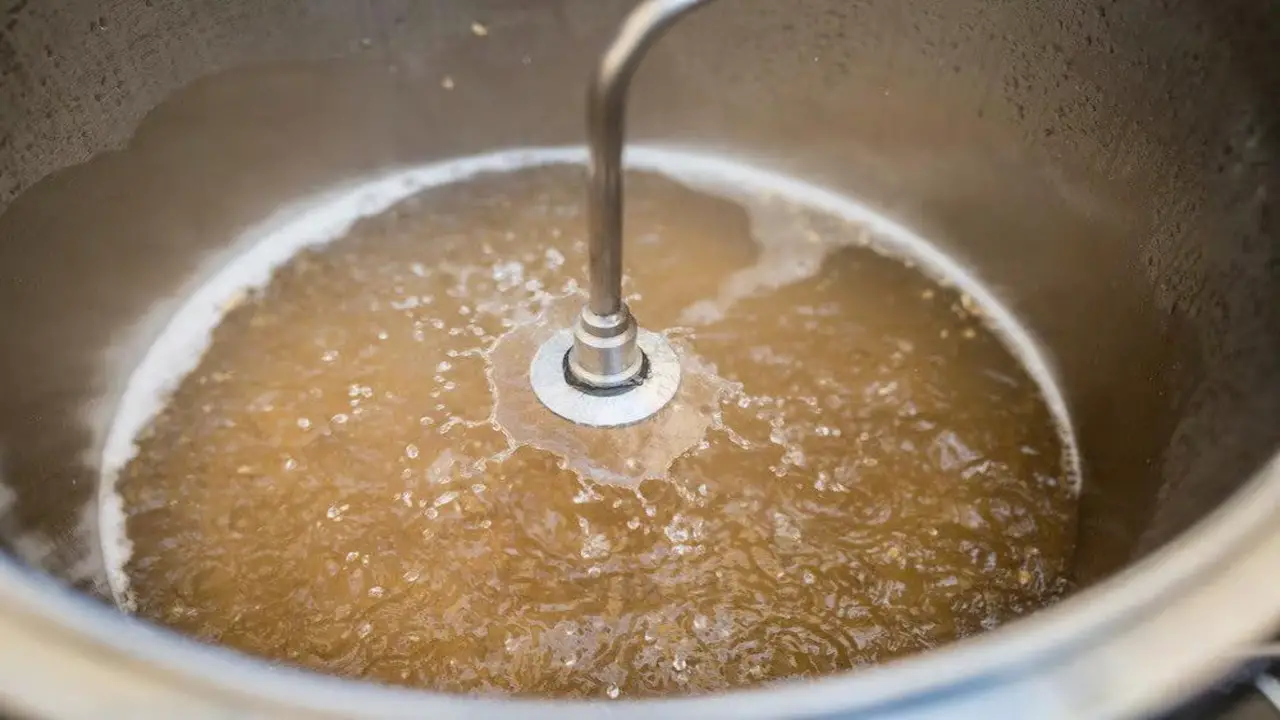
Sparge, gently rinsing the grains with hot water, is an essential step in brewing Scottish ale. It maximizes sugar extraction, resulting in a flavorful, full-bodied beer. To sparge, pour hot water around 170°F (77°C) over the grains, ensuring even distribution and sugar extraction.
Use a sparge arm or gentle sprinkling to avoid disturbing the grain bed. Collect the runoff into your brew kettle. This sets the stage for boiling the wort. Scottish ale brewing is a craft that requires patience, attention to detail, and the right techniques to achieve the desired flavors and aromas of the traditional ale.
Step 6: Boil The Wort
When brewing traditional Scottish ale, one of the essential steps is boiling the wort. Boiling extracts the flavors from the ingredients and sterilizes the wort, making it a crucial process. To begin, transfer the wort into a large boiling pot and bring it to a rolling boil. Hops are added at specific intervals throughout the boiling process to achieve the desired bitterness and aroma.
The duration of the boil usually falls within the range of 60 to 90 minutes. It’s important to be cautious of potential boil-overs and make necessary adjustments to the heat. Once the boil is complete, rapidly cool the wort using an immersion chiller or placing the pot in an ice bath.
Step 7: Cool And Transfer
After completing the boil for your Traditional Scottish Ale, cooling and transferring the wort rapidly is crucial. Cooling the wort quickly is important to prevent off-flavors from developing during brewing. One common method used is the utilization of a wort chiller, which helps to circulate cold water around the exterior of the brew kettle.
Before usage, ensuring that the wort chiller has been properly sanitized is essential to avoid contamination. Once the wort has reached an appropriate and safe temperature, it can be carefully transferred to a fermenting vessel. Throughout this transfer process, it is vital to minimise oxygen exposure to prevent oxidized flavours from affecting the final beer.
Step 8: Pitch The Yeast
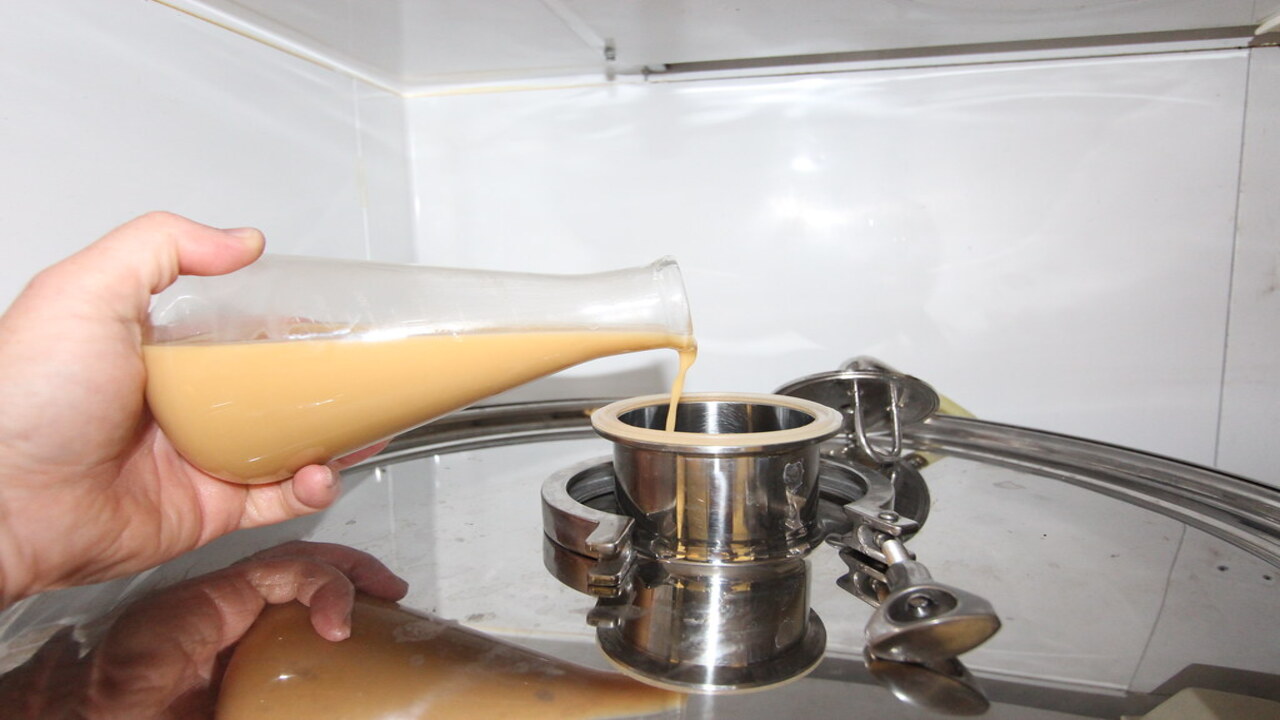
To initiate fermentation, add the appropriate yeast strain to the cooled wort. Follow the yeast package instructions for optimal activity. Pour the yeast into the fermenter with the wort, ensuring even distribution. Seal the fermenter with an airlock to maintain beer integrity. Store in a cool, dark place for fermentation and flavors to develop for one to two weeks.
Step 9: Fermentation
Fermentation is a critical stage in brewing traditional Scottish ale. After the wort has been cooled, it is transferred to a fermentation vessel, such as a glass or plastic carboy. Brewers add yeast to the wort to initiate fermentation, which consumes sugars and produces alcohol and carbon dioxide.
The vessel is sealed with an airlock to ensure proper fermentation, allowing carbon dioxide to escape while preventing oxygen from entering. Maintaining an ideal temperature of around 60-65°F (15-18°C) is crucial for optimal fermentation of Scottish ale, which typically takes one to two weeks.
Step 10: Bottling
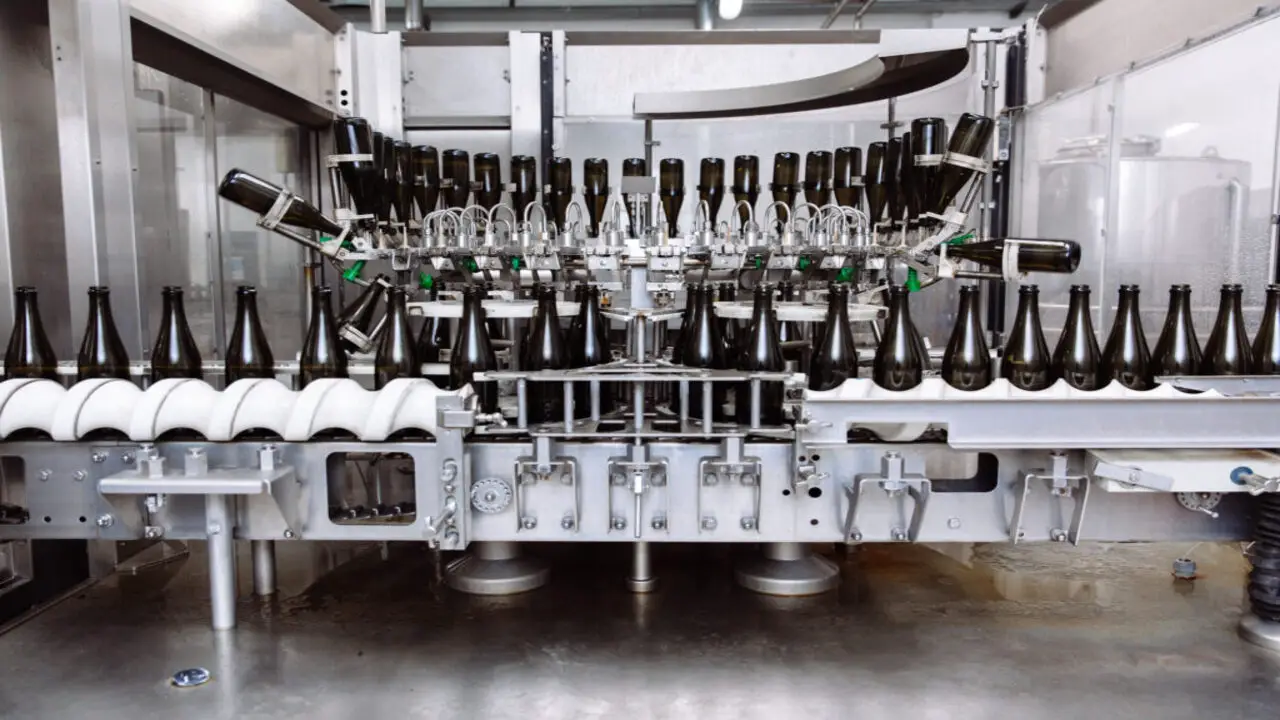
After fermentation, it’s time to bottle your traditional Scottish ale. Clean and sanitize the bottles and caps to prevent contamination. Transfer the beer into the bottles, avoiding sediment. Add priming sugar for carbonation based on the desired level. Seal tightly and store in a cool, dark place for weeks. Once carbonation is complete, your ale is ready to enjoy.
Conclusion
Brewing traditional Scottish ale is a gratifying and delightful endeavor that allows you to savour the rich flavors of this classic beer style. By meticulously following the step-by-step guidelines on how to brew traditional scottish ale, you can confidently craft your own batch of authentic Scottish ale from the comfort of your home. From selecting the finest ingredients to relishing the final product, each stage contributes to the distinct taste that characterizes this beloved beer.
Whether you’re an experienced brewer or a novice, brewing traditional Scottish ale promises an enjoyable and rewarding experience. Don’t hesitate any longer – gather your ingredients, prepare your equipment, and embark on your brewing journey today. Cheers to creating exceptional Scottish ale.
Frequently Asked Questions
1.What makes a beer a Scottish Ale?
Ans: Scottish Ales characterize their flavorful maltiness and minimal hop bitterness. They have a dark amber to brown colour and a medium to full body. Thanks to traditional Scottish yeast strains, Caramel, toffee, and roasted malt flavors are often present.
2.What Is The Difference Between A Scotch Ale And A Scottish Ale?
Ans: Scotch ale and Scottish ale are beer styles from Scotland. The key distinction is in strength and flavour. Scotch ales are stronger, with a sweet, malty taste of caramel and toffee. Scottish ales are lighter, with a balanced maltiness and hints of roasted grains.
3.What Is The History Of Scotch Ale?
Ans: Scotch ale, or Scottish ale, has a long and storied history that goes back to the 18th century in Scotland. Originally brewed with malted barley, its robust malt flavors, and higher alcohol levels earned it renown.
4.What Are The Different Types Of Scotch Ales?
Ans: Scotch ales come in various types, each with its own distinct qualities. The popular ones are Wee Heavy, Export, and 80 Shilling. Wee Heavy is a robust ale with a malt-forward profile and notes of caramel and toffee.
5.What Does Scotch Ale Taste Like?
Ans: Its robust, malt-forward taste characterizes Scotch ale. It features flavours of caramel, toffee, and dark fruits, with a full-bodied mouthfeel and a touch of sweetness in the finish. The higher alcohol content adds a warming sensation to the overall experience.

I’m a writer and blogger who loves to talk about entertainment, culture, and relationships. I love to share my thoughts and insights on these topics, and I’m always looking for new ways to engage with my readers. I’m also a big fan of learning new things, so I’m always exploring new areas of interest.
